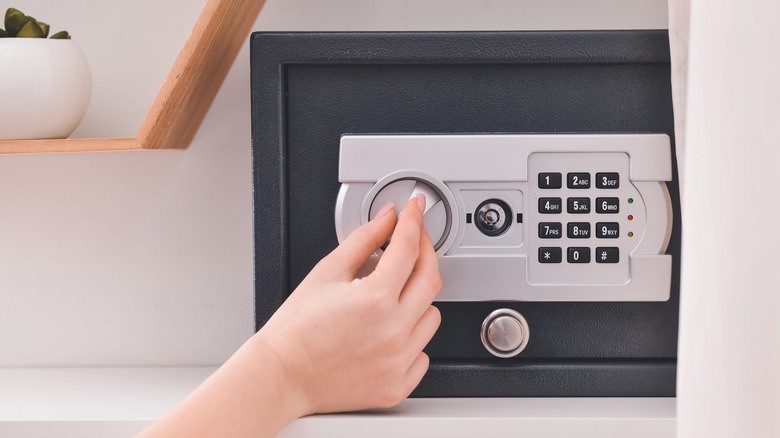
Security protocols often focus on advanced alarms or surveillance systems, but sometimes the simplest measures make the biggest difference. One of the most overlooked aspects of physical security is safe combination changes, a routine yet crucial practice that ensures access control remains secure in both residential and commercial environments.
1. Reducing Insider and Access Risks
Over time, access information tends to spread through employee turnover, shared management duties, or simple oversight. By scheduling safe combination changes, organisations minimise risks associated with outdated codes or unauthorised access. It’s a preventive step that safeguards sensitive materials, cash deposits, and valuable assets.
Many safes, especially those from trusted manufacturers like American Security, Hollon Safe, are engineered for regular reprogramming. Updating combinations doesn’t just maintain security; it reinforces accountability across teams, ensuring only current and authorized users can access critical contents.
2. Maintaining Operational Continuity
A forgotten or misplaced combination can halt business operations, delay transactions, or create unnecessary downtime. Regular combination updates keep operations running smoothly and reduce the likelihood of lockouts. In addition, periodic code resets give technicians a chance to assess internal mechanisms, ensuring all components function reliably.
Safes from brands like Cannon Security Products and Kay Nine Safes are designed for long-term durability. Yet, even the best safes perform better when users maintain them through combination reviews and minor servicing. Preventive attention to detail supports operational reliability and keeps daily workflows uninterrupted.
3. Meeting Compliance and Audit Expectations
In sectors like finance, healthcare, and retail, maintaining a record of secure access is part of standard compliance. Routine combination changes demonstrate control, organization, and adherence to audit protocols. They also strengthen the physical security measures that support insurance and safety requirements.
Professional safe technicians follow manufacturer guidelines to reset or update combinations securely. This process creates an auditable trail that confirms best practices are in place. For regulated industries, such records can prevent future disputes or inspection issues.
4. Extending Equipment Longevity
Regular servicing doesn’t just protect what’s inside the safe — it preserves the safe itself. Internal locking mechanisms, hinges, and relays need periodic inspection to prevent long-term wear. During scheduled maintenance, experts can detect early signs of wear that might lead to mechanical failure later.
High-quality safes like those offered by SnapSafe often come with modular systems that simplify combination updates. Incorporating professional servicing into your facility maintenance schedule ensures long-term reliability and secure performance.
5. When Relocating, Reset for Maximum Protection
When safes are moved between locations or repositioned within a facility, it’s crucial to reset combinations afterward. Professional safe movers Tennessee teams handle heavy equipment with care to protect locking mechanisms, bolts, and hinges. Once installed, a fresh combination ensures no previous access codes remain active and the safe’s integrity is fully restored.
Conclusion
Regular safe combination changes are not just a procedural task; they’re an integral part of a robust security management plan. They minimize internal risks, prevent operational delays, and extend the lifespan of safes built by top manufacturers.
For secure installation, maintenance, and expert combination updates, East TN Safe & Door Dr. offers trusted services, helping businesses and homeowners maintain total control over their valuable assets with precision and professionalism.


